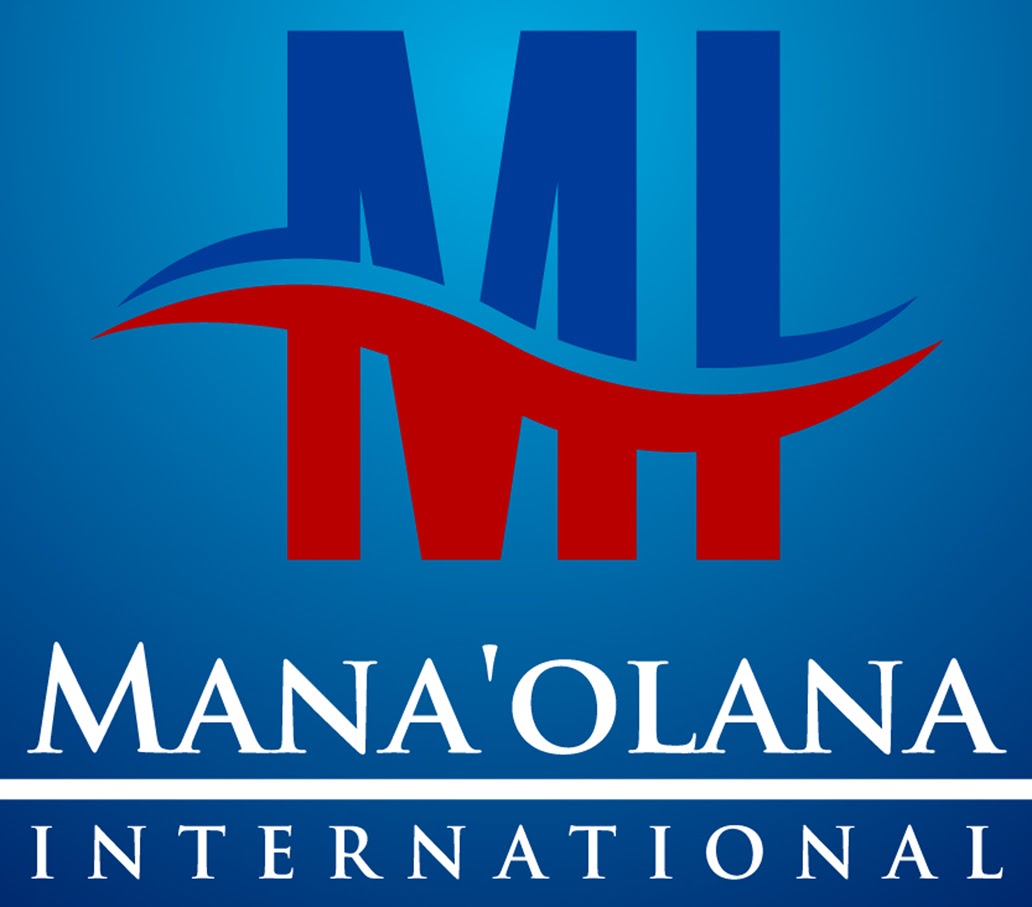As businesses navigate an increasingly complex and competitive landscape, the need for practical project, program, and portfolio management has never been more critical. These disciplines provide a structured approach to managing projects and programs in alignment with the organization’s strategic objectives. This comprehensive guide delves into the intricacies of project, program, and portfolio management, exploring their significance, best practices, and the tools that can help modern enterprises succeed.
Understanding the Key Concepts
Project Management focuses on the successful delivery of individual projects. It involves planning, executing, and closing projects, ensuring they are completed on time, within scope, and on budget. The main goal of project management is to deliver specific outcomes that contribute to the organization’s broader objectives.
Program Management takes a broader view, managing a group of related projects in a coordinated manner to achieve benefits that would not be possible if the projects were managed individually. Program management ensures that the projects within the program are aligned and their interdependencies are managed effectively.
Portfolio Management is the highest level of project management, overseeing all organizational projects and programs. The goal of portfolio management is to ensure that all projects and programs contribute to the organization’s strategic objectives and that resources are allocated efficiently across the portfolio.
The Importance of Strategic Alignment
One of the key challenges in project, program, and portfolio management is ensuring that all efforts are aligned with the organization’s strategic objectives. This alignment is critical to maximizing the value of the organization’s investments and achieving long-term success. Without strategic alignment, projects may be completed successfully, but they may not contribute to the organization’s goals, resulting in wasted resources and missed opportunities.
Best Practices in Project, Program, and Portfolio Management
1. Define Clear Objectives and Scope
The foundation of any successful project, program, or portfolio is a clear understanding of its objectives and scope. Defining these elements early in the process ensures that all stakeholders are aligned and that the project or program stays on track.
2. Prioritize Projects Based on Strategic Value
Not all projects are created equal, and organizations must prioritize those that offer the greatest strategic value. This prioritization process involves evaluating the potential benefits of each project, considering factors such as ROI, alignment with strategic goals, and risk.
3. Implement a Governance Framework
A governance framework provides the structure needed to manage projects, programs, and portfolios effectively. It defines roles, responsibilities, and decision-making processes, ensuring that projects are managed consistently and that issues are addressed promptly.
4. Leverage Technology for Enhanced Management
Modern project management tools offer a range of features that can help organizations manage their projects, programs, and portfolios more effectively. These tools provide real-time visibility into project performance, facilitate communication and collaboration, and enable data-driven decision-making.
5. Manage Risks Proactively
Risk management is a critical component of project, program, and portfolio management. Organizations must identify potential risks early and develop strategies to mitigate them. By managing risks proactively, organizations can avoid project failures and ensure that their portfolios remain on track.
6. Foster a Culture of Continuous Improvement
Continuous improvement is essential to the success of any project, program, or portfolio. Organizations should regularly review their processes, identify areas for improvement, and implement changes to enhance efficiency and effectiveness.
Case Studies: Success Stories in Project, Program, and Portfolio Management
Case Study 1: Financial Services Firm Enhances Efficiency with Portfolio Management
A leading financial services firm faced challenges in managing its growing number of projects. By implementing a portfolio management approach, the firm was able to prioritize projects based on their strategic value, allocate resources more effectively, and reduce project completion times by 20%. This success highlights the importance of portfolio management in optimizing resource allocation and achieving strategic objectives.
Case Study 2: Healthcare Organization Streamlines Operations with Program Management
A healthcare organization was struggling to manage multiple related projects aimed at improving patient care. By adopting a program management approach, the organization was able to coordinate these projects more effectively, resulting in improved patient outcomes and a 15% reduction in operational costs. This case demonstrates the value of program management in achieving benefits that extend beyond the scope of individual projects.
The Role of Technology in Modern Project, Program, and Portfolio Management
In today’s digital age, technology plays a crucial role in projects, programs, and portfolio management. Tools like Project Management Information Systems (PMIS), portfolio management software, and collaboration platforms provide organizations with the capabilities they need to manage their projects more effectively. These tools offer real-time visibility into project performance, facilitate communication and collaboration, and enable data-driven decision-making.
Future Trends in Project, Program, and Portfolio Management
As businesses continue to evolve, so will the practices of project, program, and portfolio management. Some of the key trends shaping the future of these disciplines include:
- Increased Use of Artificial Intelligence (AI): AI is becoming increasingly prevalent in project management, offering capabilities such as predictive analytics, automated scheduling, and enhanced risk management.
- Greater Focus on Sustainability: As organizations strive to meet sustainability goals, there will be a greater emphasis on managing projects and programs in a way that minimizes environmental impact.
- Integration of Agile Practices: Agile methodologies are becoming more common in project management, offering a flexible approach that allows organizations to adapt quickly to changing circumstances.
Conclusion
Project, program, and portfolio management are essential disciplines for modern enterprises seeking to achieve their strategic objectives. By adopting best practices, leveraging technology, and staying ahead of industry trends, organizations can ensure that their projects deliver maximum value and contribute to long-term success.
For more information on how to implement effective projects, programs, and portfolio management practices in your organization, visit ours Project & Program Portfolio Management services.

